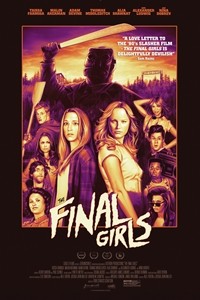 The Final Girls
The Final Girls
Director: Todd Strauss-Schulson
Starring: Taissa Farmiga, Malin Akerman, Alexander Ludwig, Nina Dobrev, Alia Shawkat, Thomas Middleditch, and Adam DeVine
So you want to spoof a horror film? Well, there are already a few examples, some successful and some not so much, on how to do this already available. “Scary Movie” took the horror genre into overboard goofy and slapstick spaces. “Shaun of the Dead” played it straightforward with a near pitch perfect mix of comedy and horror that appeased horror fans and crossed over with appreciation from non-horror fans as well. “Scream” played the genre against itself, establishing horror film rules and mixing it with great subgenre slasher elements, making the Wes Craven film a horror classic. Of course there are others that could be discussed, early Abbott and Costello and the Universal Monsters or the 1981 spoof “Student Bodies”, but director Todd Strauss-Schulson’s film “The Final Girls” is an impressive edition to consider. With a PG-13 rating, don’t turn away just yet hardcore horror fans, Mr. Strauss-Schulson hits nearly every mark with a mix of clever comedy and horror tropes that all audiences will appreciate. It’s safe horror for the masses and that’s not a bad thing.
Max (Taissa Farmiga) is a teenager who reluctantly attends a tribute screening of a 1980’s movie called “Camp Bloodbath”, a film that features her deceased mother in the starring role. During the screening of the film a fire erupts in the audience, leading Max and her friends to escape by cutting their way through the movie screen. In a twist, the group of friends are transported into the movie. In order to escape the group of friends must survive the blood-thirsty killer and make it to the end of the movie.
These kinds of films are difficult to make. Film audiences are smart, especially horror fans, and when making a film that spoofs their beloved genre it doesn’t take much to turn them away. So it’s relieving that “The Final Girls” remains completely satisfying from start to finish. A major component of what keeps things together is the clever narrative. The comedic tone is playful throughout, largely because of Adam DeVine, who steals many of the scenes as a stereotypical chauvinistic jock, but also because the genre characteristics are utilized ingeniously. For instance in one scene the lead camp counselor explains the legend of the killer, as the film transitions into a flashback Max and her friends experience the changeover from color to black and white. All of it is done with a grin and smile, which is where one of the minor problems will exist for some dedicated horror fans. The bloody payoff, meaning the result of the stalking killer’s primary motive, isn’t very satisfying. There is very little gore in the film and much of the violence happens so quickly it’s hard to distinguish anything, for some viewers this comment will sound odd but for horror fan this is a primary reason to go to these films, to see the exploitive visceral elements.
“The Final Girls” would be a great film to take someone on a date to or to introduce someone who may not like the genre, the film is very much humor before horror. While more attention to the bloodier, gorier aspects would have more than likely lost the PG-13 rating, cutting out the large audience the film is focused towards, “The Final Girls” is still an entertaining film that every taste of horror can appreciate in some way, big or small.
Monte’s Rating
4.00 out of 5.00

 Interview – Adriana Trigiani, Jenna Elfman and Paul Wilson of “Big Stone Gap”
Interview – Adriana Trigiani, Jenna Elfman and Paul Wilson of “Big Stone Gap”



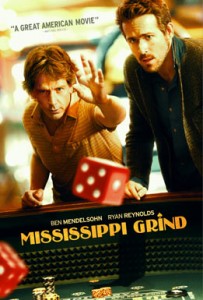 “Mendelsohn and Reynolds are a pair of aces in ‘Mississippi Grind’”
“Mendelsohn and Reynolds are a pair of aces in ‘Mississippi Grind’”
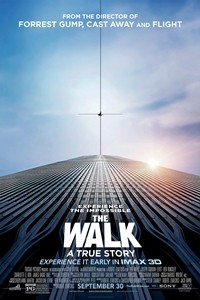 The Walk
The Walk
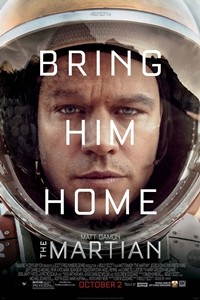 The Martian
The Martian
 Sicario
Sicario
 The Intern
The Intern
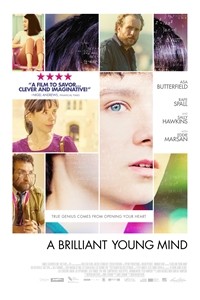 A Brilliant Young Mind
A Brilliant Young Mind
 Interview – Oren Moverman, director “Time Out of Mind”
By Jeff Mitchell
Interview – Oren Moverman, director “Time Out of Mind”
By Jeff Mitchell people. New York is quite an overwhelming city in terms of the mass volume of humanity in your face all the time. The more people there are, the more alone you can be. When you have so many people (in one place), then they (simply) do not see each other. So, I think the state of homelessness - that kind of isolation - leads to deprivation of very basic needs. The lack of eye contact or human contact just makes the problem worse for sure.
people. New York is quite an overwhelming city in terms of the mass volume of humanity in your face all the time. The more people there are, the more alone you can be. When you have so many people (in one place), then they (simply) do not see each other. So, I think the state of homelessness - that kind of isolation - leads to deprivation of very basic needs. The lack of eye contact or human contact just makes the problem worse for sure.  OM: That was our biggest worry: Are we going to get away with putting Richard Gere in this environment. We tested it. What we discovered – when we hid the camera, because we didn’t want the camera in people’s faces to give away the fact that we’re shooting a movie - is they didn’t recognize him at all because they didn’t look at him. It was a very deliberate, very understandable, very human, and a very New York approach. Urban dwellers would just walk past this homeless guy, and maybe someone would pay attention and maybe someone would give something, but ultimately no one looked him in the eye. It wasn’t as if he was unrecognizable as Richard Gere. He was unrecognizable as a movie star, for sure. He was unrecognizable in his clothes because that’s not how you would expect to see Richard Gere. The fact that no one looked him in the eye, it was a lesson for us when someone in that position becomes quite invisible to the people around him. He did get recognized twice in Grand Central Terminal when two people walked by him and said, “Hello”. It wasn’t sort of “Oh my God, it’s a movie star. Let me take a picture.” It was more like, “Hey, he looks like Richard Gere. It looks like he is having a hard time.”
OM: That was our biggest worry: Are we going to get away with putting Richard Gere in this environment. We tested it. What we discovered – when we hid the camera, because we didn’t want the camera in people’s faces to give away the fact that we’re shooting a movie - is they didn’t recognize him at all because they didn’t look at him. It was a very deliberate, very understandable, very human, and a very New York approach. Urban dwellers would just walk past this homeless guy, and maybe someone would pay attention and maybe someone would give something, but ultimately no one looked him in the eye. It wasn’t as if he was unrecognizable as Richard Gere. He was unrecognizable as a movie star, for sure. He was unrecognizable in his clothes because that’s not how you would expect to see Richard Gere. The fact that no one looked him in the eye, it was a lesson for us when someone in that position becomes quite invisible to the people around him. He did get recognized twice in Grand Central Terminal when two people walked by him and said, “Hello”. It wasn’t sort of “Oh my God, it’s a movie star. Let me take a picture.” It was more like, “Hey, he looks like Richard Gere. It looks like he is having a hard time.”  Black Mass
Black Mass
 Everest
Everest
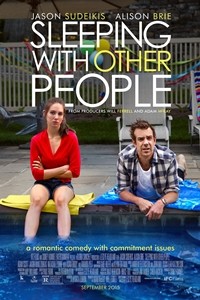 Sleeping with Other People
Sleeping with Other People
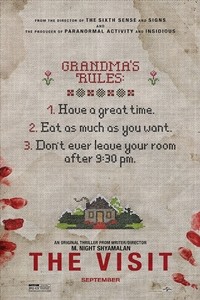 The Visit
The Visit
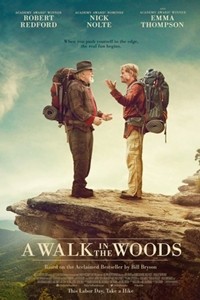 Director: Ken Kwapis
Director: Ken Kwapis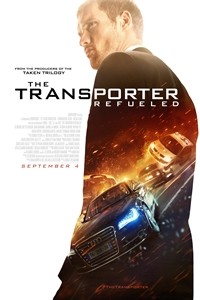 The Transporter Refueled
The Transporter Refueled
 “’Learning to Drive’ never quite moves out of the slow lane”
“’Learning to Drive’ never quite moves out of the slow lane”








